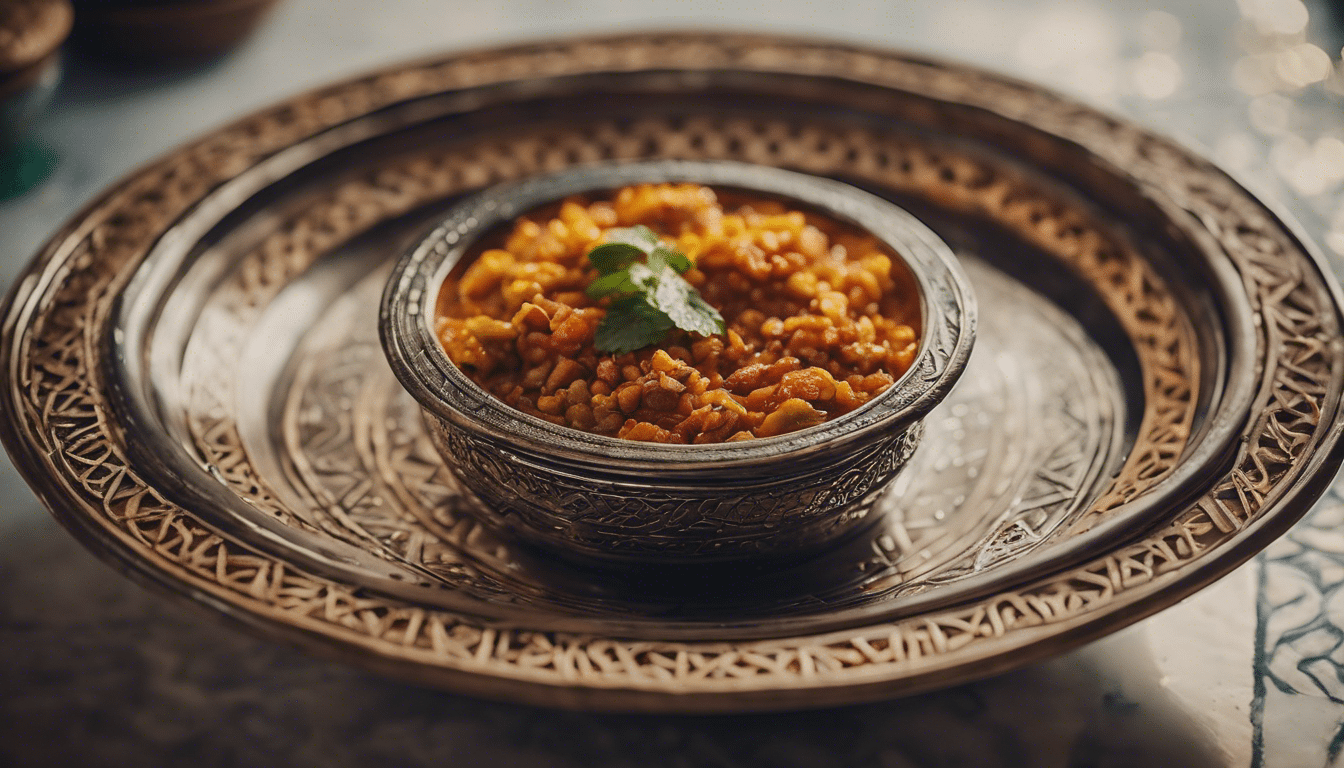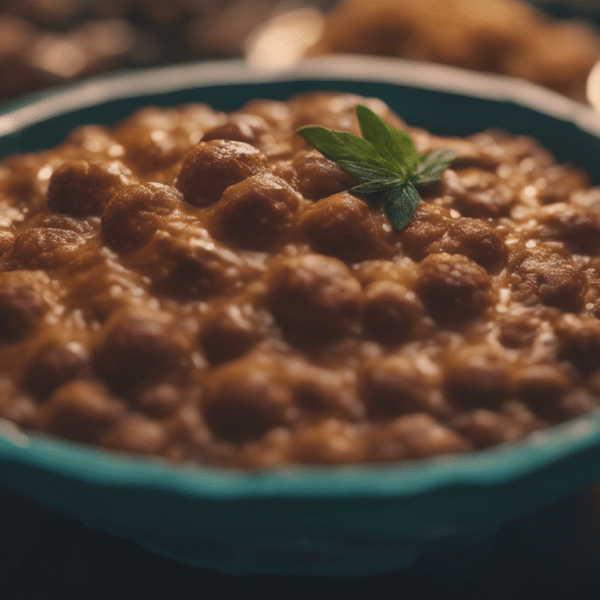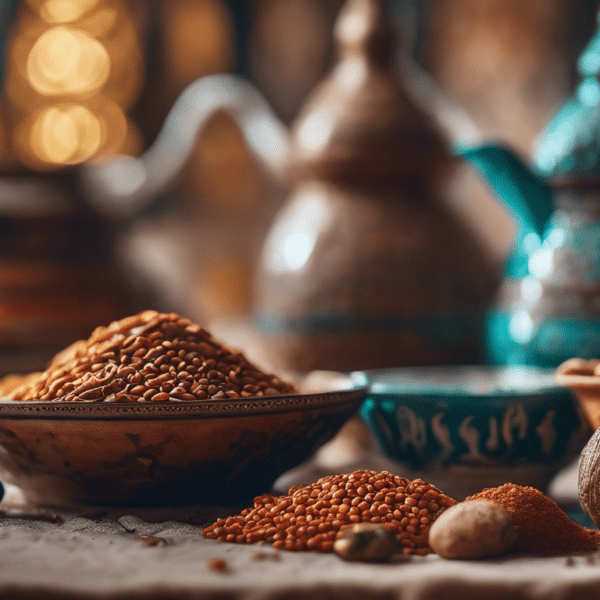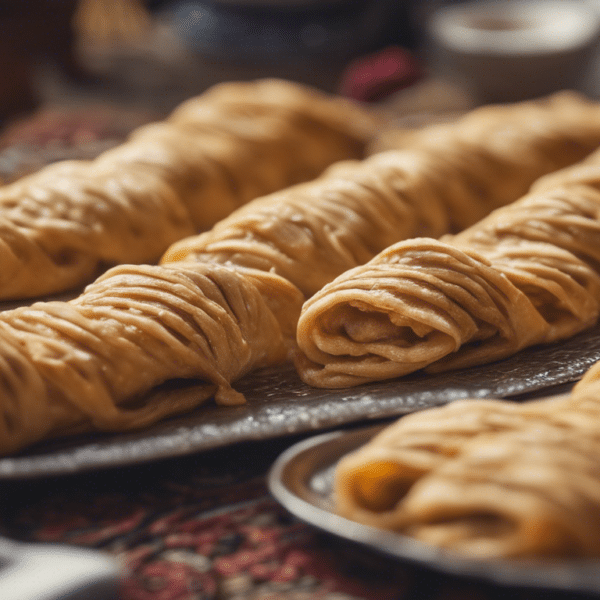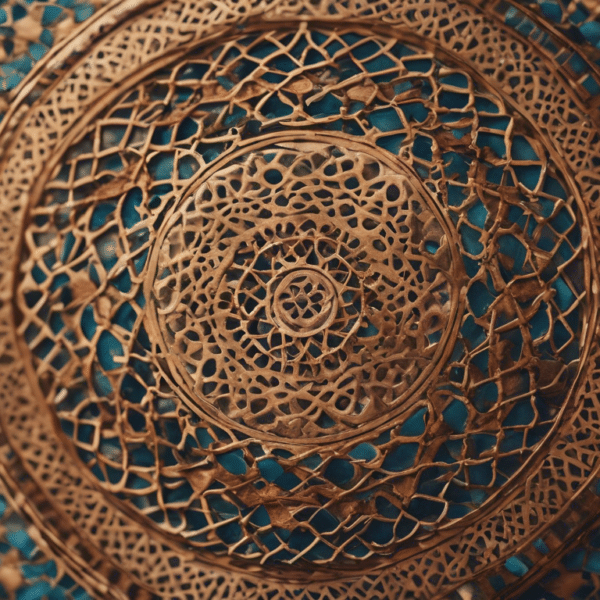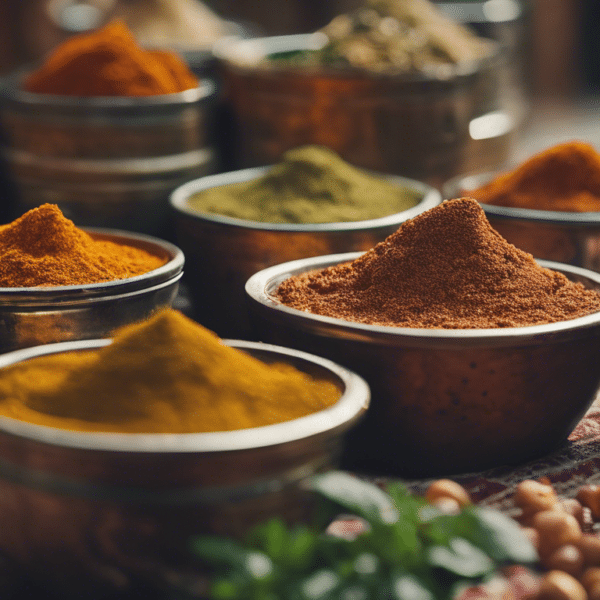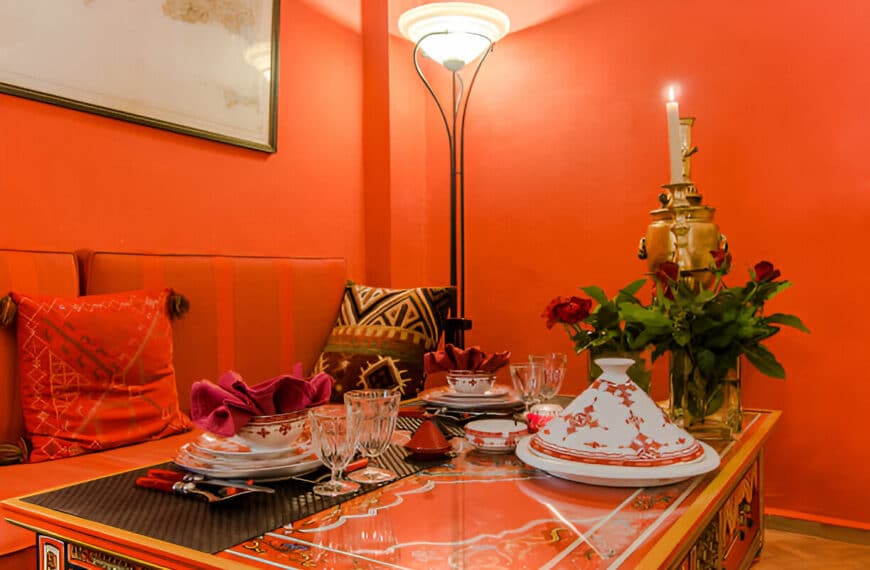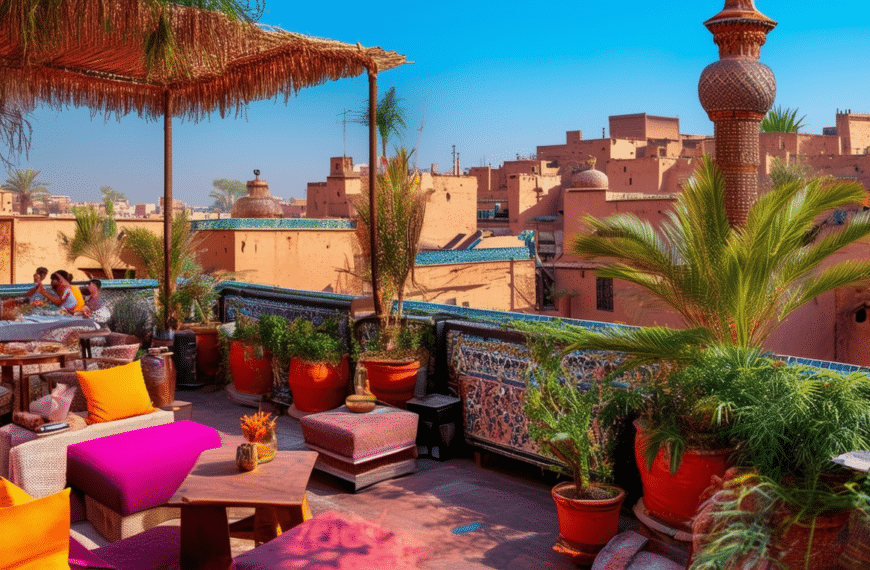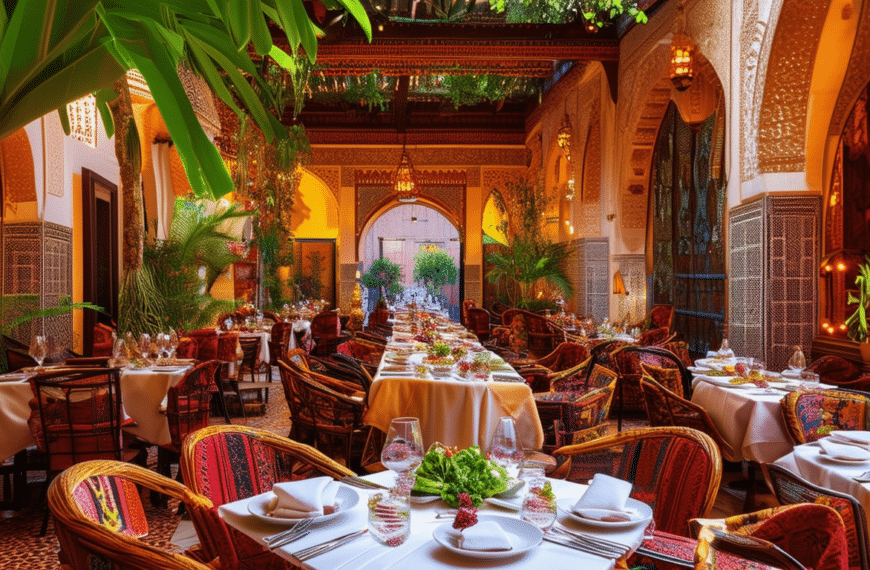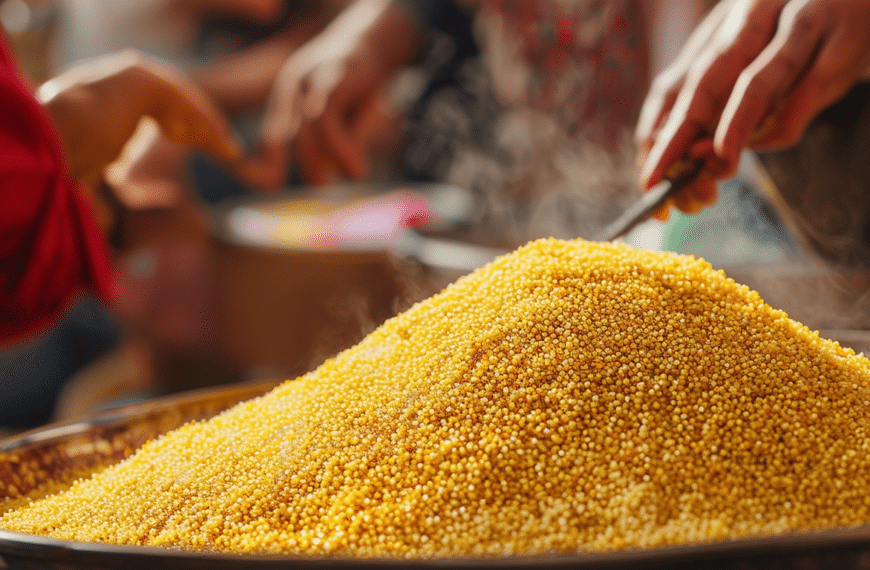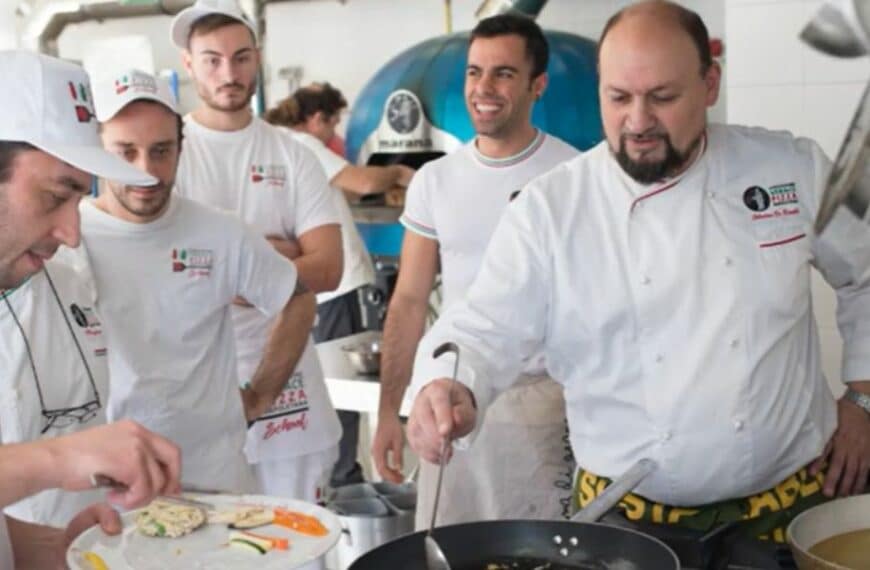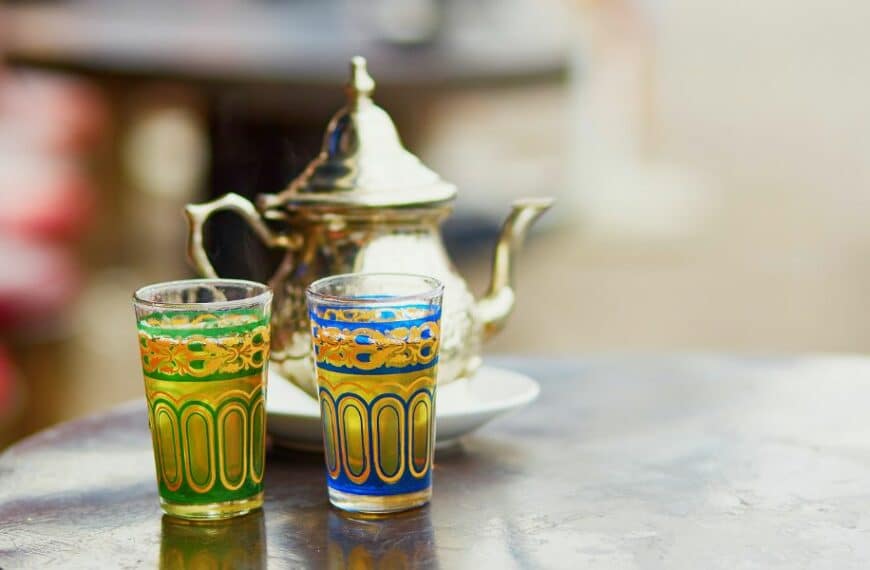In the heart of bustling markets and the warm embrace of Marrakech’s terracotta alleys, lies a culinary secret deeply ensconced in tradition and flavor – the Moroccan Tanjia. This isn’t merely a dish; it’s a cultural symphony, slow-cooked to perfection. Uncover the magic of earthy spices, the tantalizing slow dance of meat and herbs, and the ancient pottery artistry that elevates this dish beyond mere sustenance to a celebration of Moroccan heritage. Join me as we delve into the world of the robust Tanjia, and discover what makes each spoonful a rendezvous with the soul of Morocco.
The Essence of Moroccan Tanjia
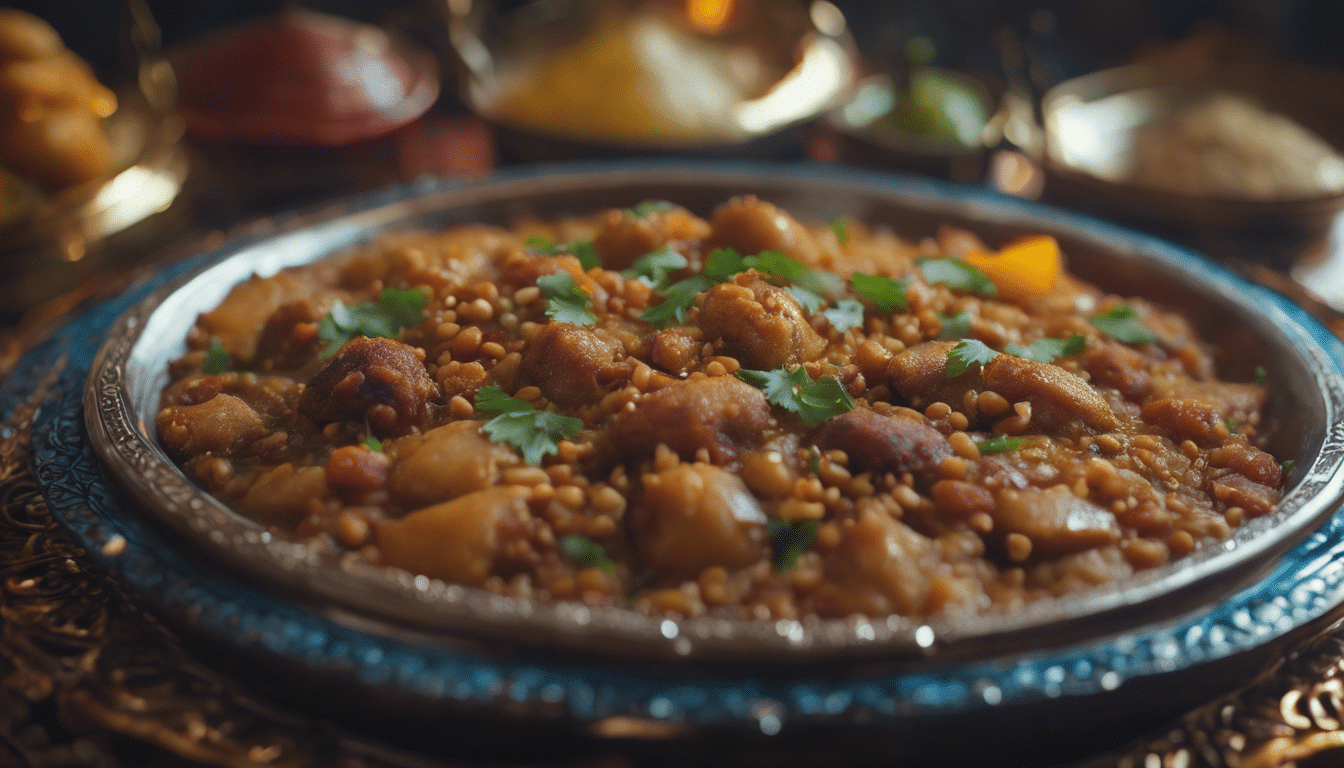
In the heartbeat of Marrakesh, amidst the clamor of the souks and the call to prayer, there is a melody of flavors and traditions that sing the true story of Moroccan cuisine. Among them, the Tanjia, not to be confused with the well-known Tagine, holds a treasured place, carrying with it the essence of ancient cooking rituals and the warmth of Moroccan hospitality.
The Culinary Jewel of Marrakech
The Tanjia dish, a gastronomic gem polished by the hands of time, marries the simplicity of ingredients with the complexity of flavors. This is not just food; it’s a cultural voyage nestled within a distinctive earthenware pot, the Tanjia itself, which imparts that unique taste characteristic of earth and fire. The very name evokes images of slow-cooked meat melting off the bone, seasoned with preserved lemons, saffron, and a wealth of spices that are the lifeblood of Moroccan cuisine.
A Dance with Time and Tradition
What sets the Moroccan Tanjia apart is its intimate dance with time. It’s not rushed, not one for the impulsive hearts. The ingredients in a Tanjia are left to stew, taking their time in the ashes of a dying fire or at the bottom of a communal oven, soaking up the heat, melding flavors, until they reach perfection. This method of cooking proves that patience, indeed, is the secret spice that makes all the difference.
More Than a Dish: A Social Centerpiece
Historically, Tanjia has also been the centerpiece for togetherness. Preparing this dish is a communal effort, often cooked by men, and showcases the Moroccan art of sharing and community. It’s typically enjoyed during special festivities or among a group of friends, symbolizing a sense of brotherhood and fellowship. This aspect of social culinary tradition is central to the Moroccan way of life.
The Infinite Variations of Flavor
While traditionally made with lamb, beef, or chicken, each cook brings a piece of their soul into the mix, adding different ingredients to create a personal stamp on the dish. Apricots, dates, almonds, or fresh herbs – the variations are infinite, each telling a different tale of the land and the people who nurture it.
To savor a Tanjia is to comprehend a part of Moroccan history, where each spoonful is a whisper of the past binding with the vivacity of the present. It embodies the essence of Moroccan hospitality, where every meal is an invitation to pause and appreciate the harmony of flavors that have been centuries in the making. Once you’ve tasted Tanjia, the essence of Morocco stays with you, a pleasant ghost of aromatic grandeur lingering on your palate.
Your Gateway to Authentic Moroccan Flavors
For gourmands and culinary explorers seeking to recreate the magic of Moroccan Tanjia at home, begin with the basics – quality ingredients and a generous lap of time. Every home chef can infuse their rendition of this Moroccan delicacy with their unique blend of life’s experiences, much like a storyteller weaving new threads into an ancient narrative. True to tradition yet adaptable, the Tanjia continues to warm the hearts of those acquainted with its deep, savory embrace.
Whether served with a side of freshly baked Khobz or taken as the star of the feast, Tanjia’s lore is an offered hand into the rich tapestry of Moroccan culture. Dine on Tanjia, with its tender meats and intoxicating spices, pair it with a robust Moroccan Mint Tea, and you will have not just a meal but a memory etched in taste and time – the very essence of Moroccan soul food.
Traditional Cooking Methods for Authentic Flavor
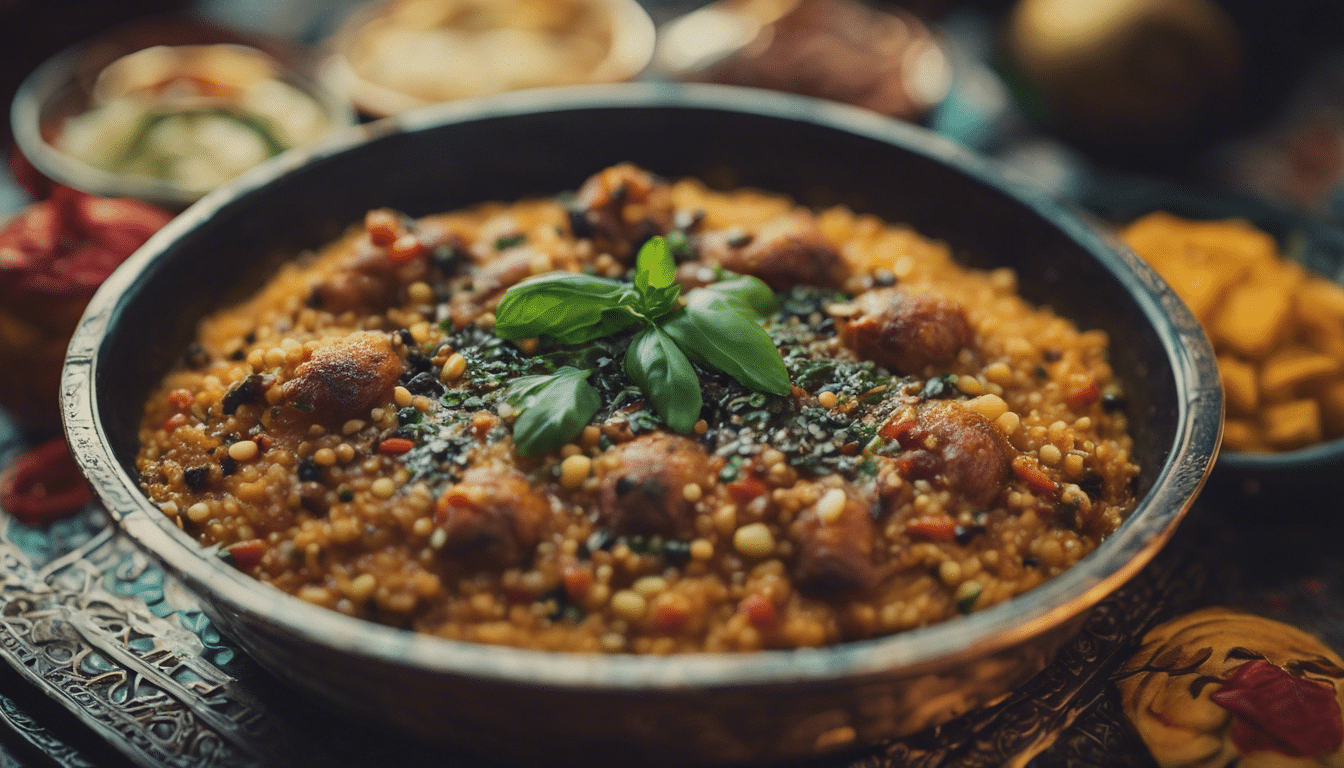
The magic of Moroccan cuisine is epitomized in the slow-cooked marvel known as Tanjia. This dish, not to be confused with the famous Tagine, is a culinary delight rooted in ancient traditions, a testament to the timeless beauty of Moroccan flavors. Let me take you on a journey through the narrow alleys of Marrakech’s Medina, where the scent of mingling spices leads the way to the heart of Moroccan authenticity.
The Time-Honored Ritual of Preparing Tanjia
Before the sun breaches the horizon, the preparation begins. It starts with the procurement of the finest cuts of meat, traditionally lamb or beef, which is key to an authentic Tanjia. Generously seasoned with the quintessential ras el hanout, preserved lemons, and a concoction of herbs and spices that sing a tune of their own, the meat begins its transformation. Olive oil and smoked butter are drizzled, while garlic and saffron whisper their fragrant secrets to the mix.
As you envision the meal, imagine the skilled hands that layer ingredients in the earthen Tanjia pot. This is not just cooking; it is an art form, a dance of flavors choreographed by masters of the Moroccan kitchen.
The Embrace of Earth and Fire
The Tanjia, now a repository of flavor, is sealed and carried to a communal oven, known as ‘furn.’ Yet, these are no ordinary ovens; they are the glowing embers beneath the bustling ‘hammam,’ the local bathhouses. Herein lies the beauty of Moroccan community living – a symbiotic relationship where the residual heat from one’s daily cleansing ritual cooks another’s meal.
The Tanjia is cradled by the ashes, embarking on a slow journey to tenderness over several hours. It is the gentle kiss of the fire, the patience of the earth that nurtures this dish to fruition, infusing it with a smokiness that no other method can replicate.
A Culinary Reveal Like No Other
As evening gives way to the caress of twilight, the Tanjia is retrieved. Anticipation builds in the air like a melody reaching its crescendo. The unveiling of the Tanjia is a moment of pure gastronomic theater. The fragrant steam that escapes as the Tanjia breathes its first is an overture to the feast that awaits. The tender meat, having absorbed every nuance of the spices and embraced the earthenware’s essence, falls effortlessly off the bone.
Savoring the Authenticity
To partake in a Tanjia is to share in a moment that stretches beyond the confines of time, connecting you to generations of Moroccan tradition. Each mouthful, an orchestra of flavors, is a tribute to the meticulous methods that have safeguarded the unadulterated taste of old Morocco.
For those who seek the essence of Moroccan Tanjia dishes, it’s not just about the succulent meat or the perfect blend of spices. It goes beyond, into the realm of respecting and honoring time-honored cooking methods that deliver an authentic flavor nearly impossible to replicate in the haste of modern kitchens.
In the languid flicker of candlelight, as one savors the Tanjia, they are no longer just a visitor or a passerby; they become part of the ancient Moroccan tapestry, woven through centuries of culinary delight. So, if you too are a wanderer with a yearning for genuine taste, consider the Moroccan Tanjia, and let your palate be charmed by the undying allure of traditional cooking methods.
Unpacking the Unique Ingredients of Tanjia
Within the bustling alleyways of Morocco, under the shadow of minarets and the vibrant hues of the souks, there thrives a culinary marvel that is the heart of local gastronomy – the Moroccan Tanjia. This dish is not just a meal; it’s a testament to ancient traditions, a journey of flavors, and an artifact of communal cooking that has stood the test of time. Let’s delve into the treasure trove of unique ingredients that make the Tanjia not just food, but a narrative of its own.
The Humble Vessel: The Tanjia Pot
Before we unfold the petals of flavor wrapped within this dish, the stage that sets this story is the Tanjia itself – a clay amphora, which is as central to the dish as the ingredients it nurtures. Tanjia, named after this pot, is both the cooking utensil and the dish it births, a beautiful symmetry unique to Moroccan culinary art. The pot’s conical shape isn’t just an aesthetic choice; it’s a functional design that promotes slow cooking, allowing spices and meat to coalesce into a tapestry of taste and tenderness.
The Heart of Tanjia: Meat and Spices
Dive into any Moroccan Tanjia, and you’ll find the bold heartiness of meat, usually lamb or beef, marinated in a cornucopia of spices. These aren’t just any spices; they are the whisper of the Sahara, the aroma of Atlas mountain herbs, and the essence of Marrakech markets. Expect to savor the earthy sweetness of cumin, the spicy piquancy of ras el hanout, and the subtle heat from saffron threads. These spices are the stars of the show, and they’re what take the Tanjia on its slow-cooked journey from humble to heavenly.
Preserved Lemons and Olives: The Zesty Sidekicks
No story of the Tanjia is complete without its zesty sidekicks – the preserved lemons and olives. These ingredients do more than just add flavor; they introduce a play of tanginess that cuts through the richness of the meat, a balancing act that is quintessential to many Maghrebi dishes. Preserved lemons, with their pickled tang, and the olives, with their briny depth, come together to elevate the Tanjia from a mere dish to an experience, one that is robust and refreshing in equal measure.
A Splash of Liquid Gold: Olive Oil & Date Syrup
The heart may be the meat, but the lifeblood of any Tanjia is the olive oil. Liquid gold, as it’s rightly called, this oil threads its way through the dish, marrying the flavors, anointing the meat with a lusciousness that only Moroccan olives can grant. And when a dash of date syrup joins this culinary dance, it doesn’t just add sweetness; it brings a hint of the desert, a touch of the date palm’s soulful serenade to the symphony that is the Tanjia.
Garlic and Herbs: The Whisper of Aroma
Garlic is an echo in the Tanjia’s melody – not overwhelming, but omnipresent, a base note that grounds the dish’s spectrum of flavors. Paired with the likes of fresh coriander or parsley, these ingredients are the whispers of aroma in the culinary chorus, the echoes that linger in the Tanjia’s wake, promising a meal laced with mystery and warmth.
To craft a Tanjia is to weave together these ingredients with patience and passion. It’s to set them in the belly of the pot and to trust time and fire to do their ancient dance. For many travelers and connoisseurs like you, embracing the heart of Moroccan cooking starts with understanding these core elements, each an integral thread in the fabric of this national dish.
The Moroccan Tanjia is not merely about sustenance; it’s a tapestry of history, of culture, and of community – all interlaced within the confines of that earthen vessel. And as each ingredient softly simmers into the next, what emerges is more than a feast for the palate – it’s a story winding through the tastes of Morocco, beckoning you to take part in its savory narrative.

